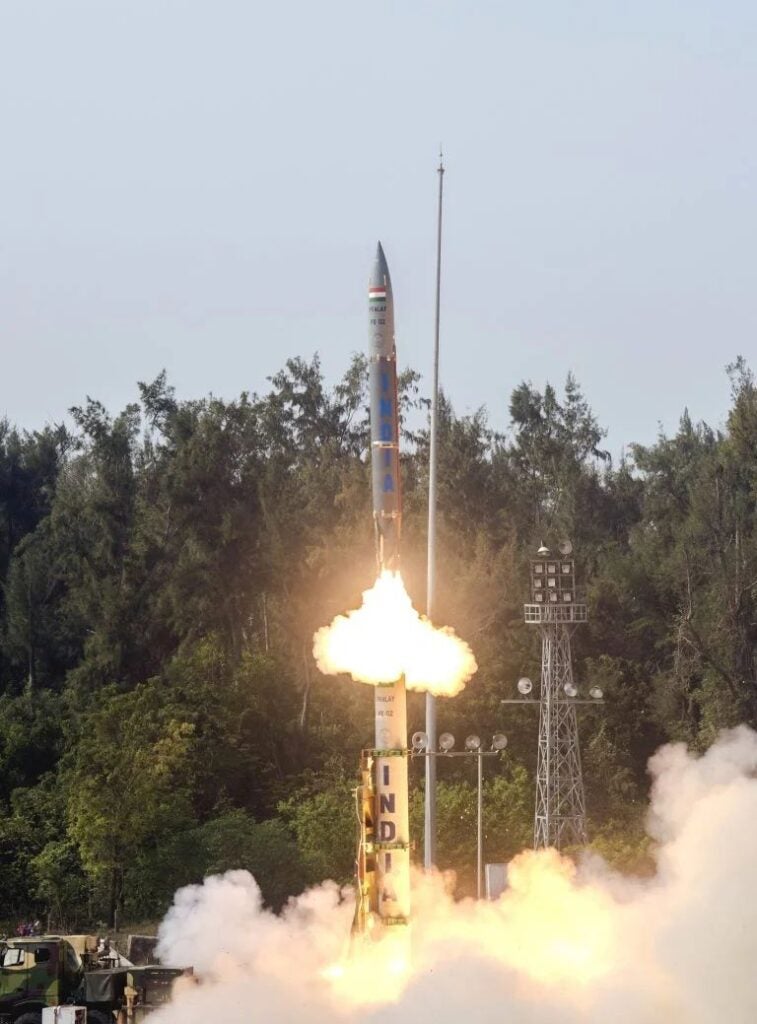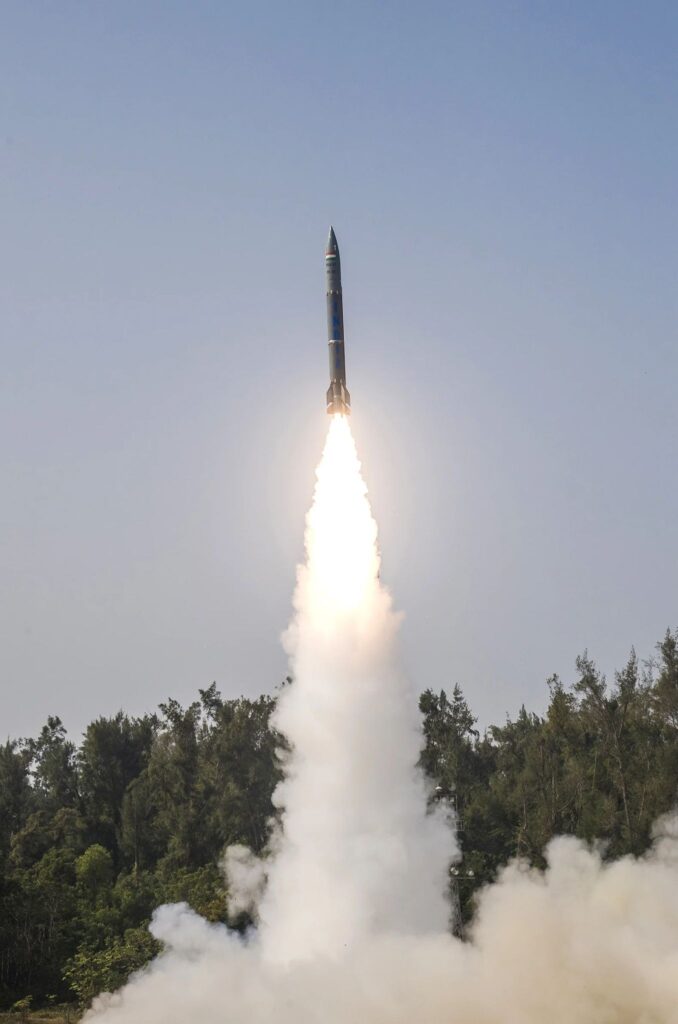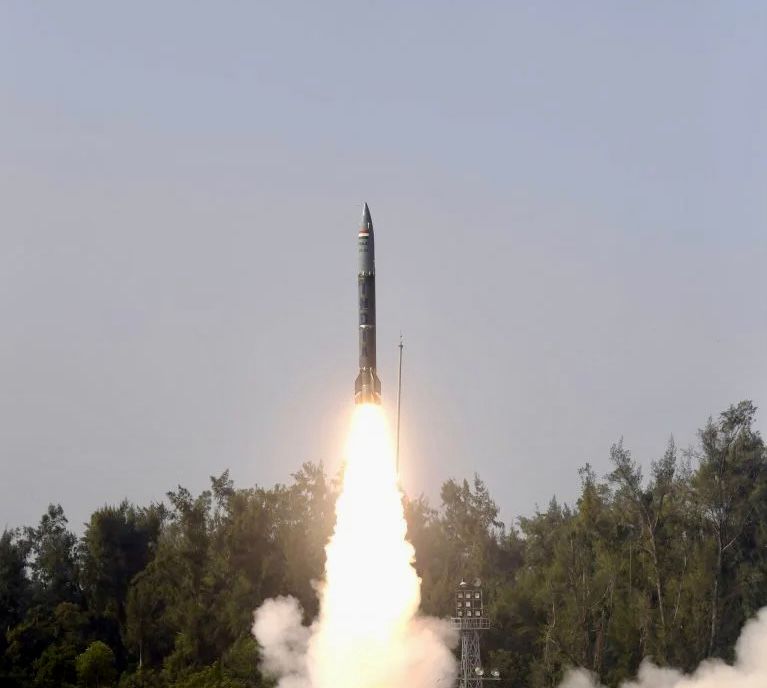India Successfully Tests Its New Pralay Short-Range Ballistic Missile
India’s Defense Research and Development Organization (DRDO) successfully tested its domestically developed surface-to-surface short-range ballistic missile (SRBM) ‘Pralay’ on November 7, 2023. The launch took place at 9.50am Indian local time (GMT+5.30) from Dr. A.P.J. Abdul Kalam Island off the coast of Odisha. The test, according to Indian officials, met all pre-determined objectives and was successfully completed.

India’s Pralay tactical missile test followed a succession of recent ballistic missile tests by its neighbor Pakistan, with whom it has been in conflict for more than 70 years. On October 18, Pakistan conducted a successful flight test of the Ababeel surface-to-surface medium-range ballistic missile developed in response to India’s Ballistic Missile Defense Program. Less than a week after the first test, Pakistan completed the training launch of its second medium-range ballistic missile, Ghauri (Hatf-5).
The “Pralay” is a short-range tactical ballistic missile that the Defense Research Development Organization (DRDO) began developing in 2015 to support India’s tactical battlefield strategy. The modern surface-to-surface missile’s first flight test took place on December 22, 2021. In the initial test, “Pralay” validated the control, guidance, and mission algorithms by accurately reaching the designated target while following the planned semi-ballistic trajectory. One day after the missile’s first launch, on December 23, 2021, the missile’s second flight test was successfully completed. The Pralay missile was tested with a heavier payload and a different range in the second test.
Pralay (which translates to Apocalypse) is based on India’s K-series missile family. Pralay has a maximum range of 500 kilometers and features similar to China’s Dong Feng 12 and Russia’s Iskander missile. The missile, which is powered by a three-stage solid fuel engine, has a weight of five tons and can be fired from either a 12×12 launcher with two missiles or an 8×8 launcher with a single missile. This missile with a payload capacity of 1,000 kg has three known warhead options. These are Prefragmented (PF), Penetration-Cum-Blast (PCB), and Runway Denial Penetration Submunition (RDPS). Pralay’s guidance system also features state-of-the-art navigation and integrated avionics. In this manner, the missile can be controlled throughout its flight.

The Pralay missile, which is expected to be tested several more times in the following months, will enter service with the Indian Armed Forces in the near future. The missile, which will become India’s longest-range attack option once operational, will be deployed along the Line of Actual Control (LAC) and Line of Control (LoC). The LAC is the border between China and India, and the LoC is the border between India and Pakistan. While the LoC is a recognized international border on both sides, the LAC is a gray zone that has never been entirely agreed upon. China and Pakistan, on the other hand, have tactical ballistic missiles that can be deployed along the border in response to India’s actions.

